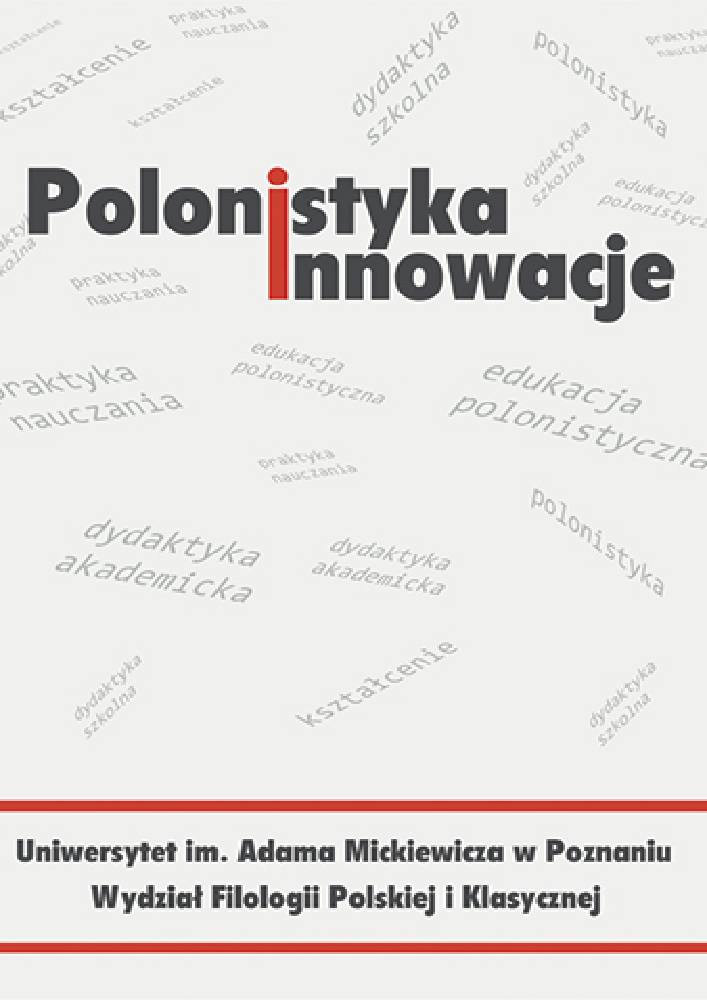Abstract
The article describes and analyses the screen image of the Slavs in Polish cinematography in the context of Slavic beliefs and mythology, mostly juxtaposed with the Christianisation of the Polish lands. In most works, filmmakers have tried to combine a legendary, fantastic perspective with historical events and realities. This is the case off Jerzy Hoffman’s adaptation of the novel by I. Kraszewski entitled Stara baśń [The Old Tale], as well as in the films Gniazdo [The Nest] (where the issue of ideology of the so-called People’s Poland was important) and Krew Boga [God’s Blood] (a movie shot in modern times, without the need to pay any tribute to the authorities). In works dealing with contemporary fate of ancient mythology we can differentiate two models. One of them is hiding Slavic beliefs under the naive, folk version of the dominant Catholic religiousness that has not completely eradicated the ancient faith (as in Jan Jakub Kolski’s films from the Jańcioland universe). In contrast, in Allegro’s Polish Legends and in Krakow Monsters TV series made for Netflix we deal with contemporary incarnations of Slavic and specifically Polish myths and legends. Allegro’s production relied on pastiche and ludic storytelling, while the series made for the streaming platform Netflix attempted to speak in earnest about the presence of the deities in question in the modern metropolis. Both ways produced artistically imperfect results, but in terms of genre and story, they point to the direction that future realisations of the theme may take.
References
Gąsowski Paweł, 2021, Komiks i film, Poznań.
Gieysztor Aleksander, 2022, Mitologia Słowian, Warszawa.
Janion Maria, 2022, Niesamowita Słowiańszczyzna. Fantazmaty literatury, Kraków.
Kraszewski Józef Ignacy, 1988, Stara baśń. Powieść z IX wieku, Wrocław.
Słowiańskie inspiracje. Język, literatura, kultura, 2019, Gostomska A., Lechocka E. (red.), Gdańsk.
Stachówna Grażyna, 2021, Jańcioland i okolice. Filmowe światy Jana Jakuba Kolskiego, Kraków.
Żukowska Elżbieta, 2011, Mitologie Andrzeja Sapkowskiego, Gdańsk.
Żyburtowicz Zenon, 2003, Stara baśń – kiedy słońce było bogiem: portret filmu, Warszawa.
License
Copyright (c) 2022 Jacek Nowakowski

This work is licensed under a Creative Commons Attribution-NoDerivatives 4.0 International License.

